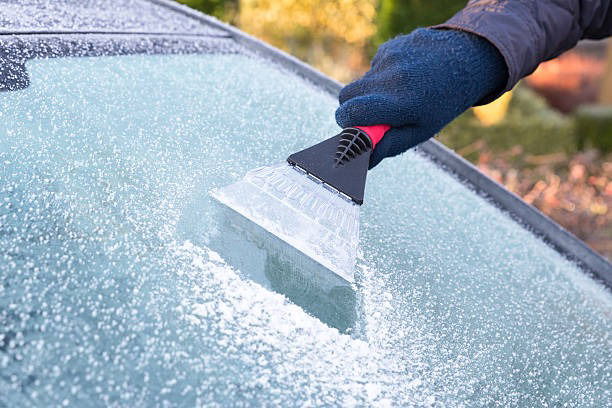Top tips for winter driving
TOP TIPS FOR WINTER DRIVING
With winter now upon us and with the worst of the wintery weather approaching we thought we would share our top tips to stay safe on the roads.

Preparation
If you are planning on driving in potentially tough weather conditions, the first question you should ask yourself is: is this journey necessary? If it is necessary, then be prepared
- Check the weather - Checking weather reports for what's incoming at your destination or in your local area can be useful and can help decide a safer route.
- Check your fuel level - Before starting your journey always make sure you have plenty of fuel to get you to your destination and importantly back home. It is also best to make sure you have spare fuel, just in case you have to take a longer route than planned.
- Fully charged phone - The last thing you need is to be stuck somewhere with a flat battery in your phone...It's also probably handy to carry a paper map just in case you do not have a sat nav or phone signal/ internet
Breaking down in winter can be dangerous and you must take extra precaution, especially on long trips or if you are venturing away from urban areas and heading into the countryside where limited roadside recovery will be available. We recommend that you always keep the following items in your car if you are traveling on long journeys and you know from the weather forecast that the weather will be hazardous.
- De-icing equipment (de-icer/ice-scraper)
- Emergency food
- First aid kit
- Fully-charged mobile phone (+ portable phone charger)
- Hazard warning triangle
- Jump-start cables
- Reflective clothing
- Shovel Tow rope
- Warm blankets
- Warm clothes
- Wellington boots
- Working torch
Winter driving can be a challenge, with unpredictable road conditions and weather changes. Driving in snow and icy conditions is all about taking it easy, it is important to avoid hard acceleration or heavy braking. It's also about being comfortable as a driver, keeping warm and calm at the wheel.
Get comfortable: it's winter so it's important that you're warm when in the car. If you're fortunate to have a modern car or one with climate control, it's likely that the car can do the job for you. However, this in older or less-equipped cars might struggle to get the temperature up, so wrapping up in layers would be advisable in this situation. Keeping your feet dry will also be of help, so have a spare pair of shoes if possible.
Be prepared to stop: like driving in the rain, your stopping distances will increase when driving in snow or ice, especially the latter. As a result, you need to ensure a decent gap to the car in front to give yourself enough time to come to a safe stop.
Uphill climb: getting up hills in some cars can be a task in itself, but when there is snow or ice on the road, this is more of a challenge. The best way to approach such a situation is by getting plenty of room in front of you, and then get to a speed that will enable you to get up the hill in one go. Having to stop or slow down is not advised unless you truly have to. When it comes to going downhill, get in a low gear and avoid braking, while again leaving plenty of space in front.
Slow and steady: when approaching a corner that is quite tight ensure all your braking is out the way before you start turning. If the car starts to lose grip, gradually come off the gas and certainly don't stamp on the brake; just make sure the front wheels are pointing where they need to be and don't take your hands off the wheel.
Be visible: always make sure your car's lights are fully-functional and clean. Using dipped headlights all the time in wintery conditions is no bad thing, but it is especially advised in heavy snow; turn your fog lights on if visibility drops below 100m.
Pay attention to changing conditions: conditions can change road-to-road; one could be well gritted and free of snow and ice, while another could be a few inches deep or have ice formed. As such, keep an eye on the road surface when joining a new one.

